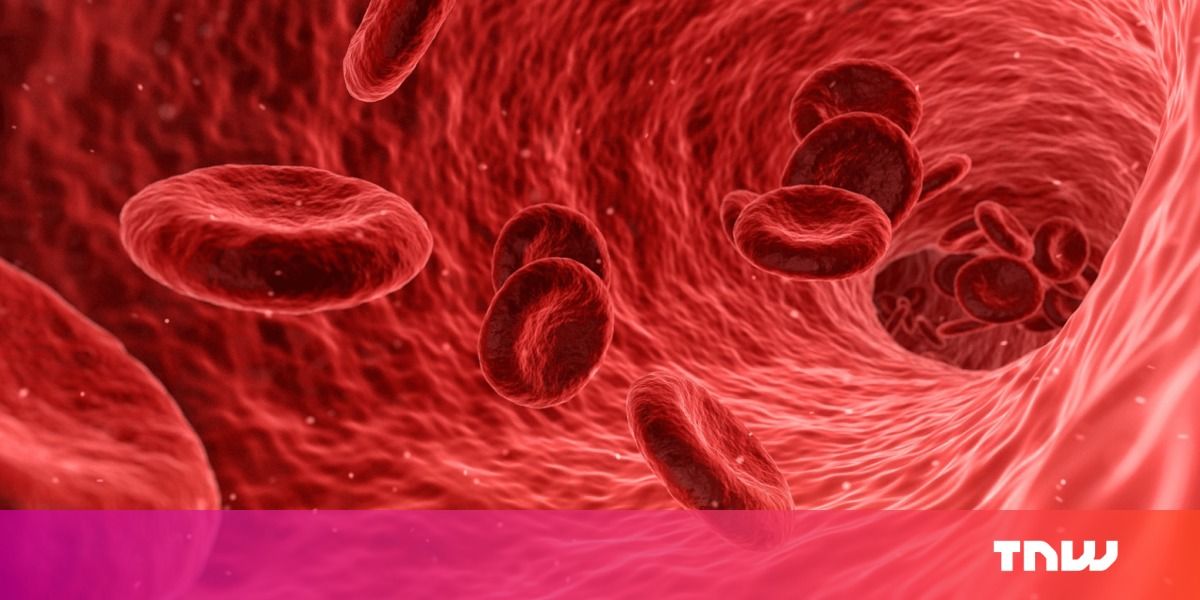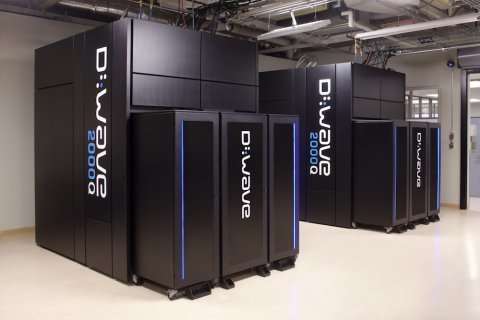KINSHASA (Reuters) — Democratic Republic of Congo has approved four more experimental treatments against the deadly Ebola virus, the health ministry said as it raced to contain an outbreak in its violence-torn east.



The world just became a little bit safer tonight as Europe’s groundbreaking wind-monitoring satellite finally blasted into orbit — ridding the world of Michael Fish moments.
At exactly 10.20 BST the Jupiter mission control centre in French Guiana, South America, gave the final green light for lift-off following a nail-biting week which saw the launch delayed by 24 hours- ironically because of strong winds.
But with the name Aeolus, it was never going to be plain sailing for the European Space Agency’s latest Earth Observation satellite.

Scientists in the US may be out in front developing the next generation of Crispr-based genetic tools, but it’s China that’s pushing those techniques toward human therapies the fastest. Chinese researchers were the first to Crispr monkeys, and non-viable embryos, and to stick Crispr’d cells into a real live human. And now, a team of scientists in China have used a cutting-edge Crispr technique, known as base editing, to repair a disease-causing mutation in viable human embryos.
Published last week in the journal Molecular Therapy, and reported first by Stat, the study represents significant progress over previous attempts to remodel the DNA of human embryos. That’s in part because the editing worked so well, and in part because that editing took place in embryos created by a standard in-vitro fertilization technique.
You’ve read your last complimentary article this month. To read the full article, SUBSCRIBE NOW. If you’re already a subscriber, please sign in and and verify your subscription.

Research involving 1,000 scientists finds scores of genetic markers that identify people most likely to develop diseases.
Ian Sample, science correspondent.


Bacteria found in the human gut could save countless lives by transforming type A or type B blood into type O.
At a meeting of the American Chemical Society today, Steve Withers of the University of British Colombia presented new research suggesting enzymes found in gut bacteria could effectively strip antigens from the two most common blood types. If successful, the discovery would essentially make most types of blood accessible to those who need it, regardless of their blood type.
Fully-programmable annealing quantum computer simulates phenomenon behind 2016 Nobel Prize. Promises faster materials prototyping at lower cost.
BURNABY, BC – (August 22, 2018) — D-Wave Systems Inc., the leader in quantum computing systems and software, today published a milestone study demonstrating a topological phase transition using its 2048-qubit annealing quantum computer. This complex quantum simulation of materials is a major step toward reducing the need for time-consuming and expensive physical research and development.
The paper, entitled “Observation of topological phenomena in a programmable lattice of 1,800 qubits”, was published in the peer-reviewed journal Nature (Vol. 560, Issue 7719, August 22, 2018). This work marks an important advancement in the field and demonstrates again that the fully programmable D-Wave quantum computer can be used as an accurate simulator of quantum systems at a large scale. The methods used in this work could have broad implications in the development of novel materials, realizing Richard Feynman’s original vision of a quantum simulator. This new research comes on the heels of D-Wave’s recent Science Magazine paper demonstrating a different type of phase transition in a quantum spin-glass simulation. The two papers together signify the flexibility and versatility of the D-Wave quantum computer in quantum simulation of materials, in addition to other tasks such as optimization and machine learning.

D-Wave Systems today published a milestone study demonstrating a topological phase transition using its 2048-qubit annealing quantum computer. This complex quantum simulation of materials is a major step toward reducing the need for time-consuming and expensive physical research and development.
The paper, entitled “Observation of topological phenomena in a programmable lattice of 1,800 qubits”, was published in the peer-reviewed journal Nature. This work marks an important advancement in the field and demonstrates again that the fully programmable D-Wave quantum computer can be used as an accurate simulator of quantum systems at a large scale. The methods used in this work could have broad implications in the development of novel materials, realizing Richard Feynman’s original vision of a quantum simulator. This new research comes on the heels of D-Wave’s recent Science paper demonstrating a different type of phase transition in a quantum spin-glass simulation. The two papers together signify the flexibility and versatility of the D-Wave quantum computer in quantum simulation of materials, in addition to other tasks such as optimization and machine learning.
In the early 1970s, theoretical physicists Vadim Berezinskii, J. Michael Kosterlitz and David Thouless predicted a new state of matter characterized by nontrivial topological properties. The work was awarded the Nobel Prize in Physics in 2016. D-Wave researchers demonstrated this phenomenon by programming the D-Wave 2000Q system to form a two-dimensional frustrated lattice of artificial spins. The observed topological properties in the simulated system cannot exist without quantum effects and closely agree with theoretical predictions.

The further back in time you go, the patchier our understanding of life on Earth gets. That’s because fossils from those early years are extremely hard to come by and interpret, for a number of reasons. Now, British scientists have used a different method known as a molecular clock to plot out a rough timeline of all life on Earth, tracing the first organisms back to about 4.5 billion years ago.

An urban utopia on Mars might be closer than you think.
For the past year, creative professionals, students, space geeks—even families—have been creating their visions for a metropolis on the fourth planet from the sun. The final winners of the HP Mars Home Planet challenge were announced today by HP and unveiled in a VR experience at SIGGRAPH 2018, an annual computer graphics convention, in Vancouver.
“The amazing entries from the HP Mars Home Planet challenge give us a virtual window into what life on Mars could be like for a million members of humanity,” says judge Dr. Darlene Lim, a geobiologist and principal investigator, NASA Biologic Analog Science. “Technological advancement is being met by a broad array of foundational space science and planetary research—a confluence that will optimistically serve to accelerate our path toward human exploration and settlement of Mars.”